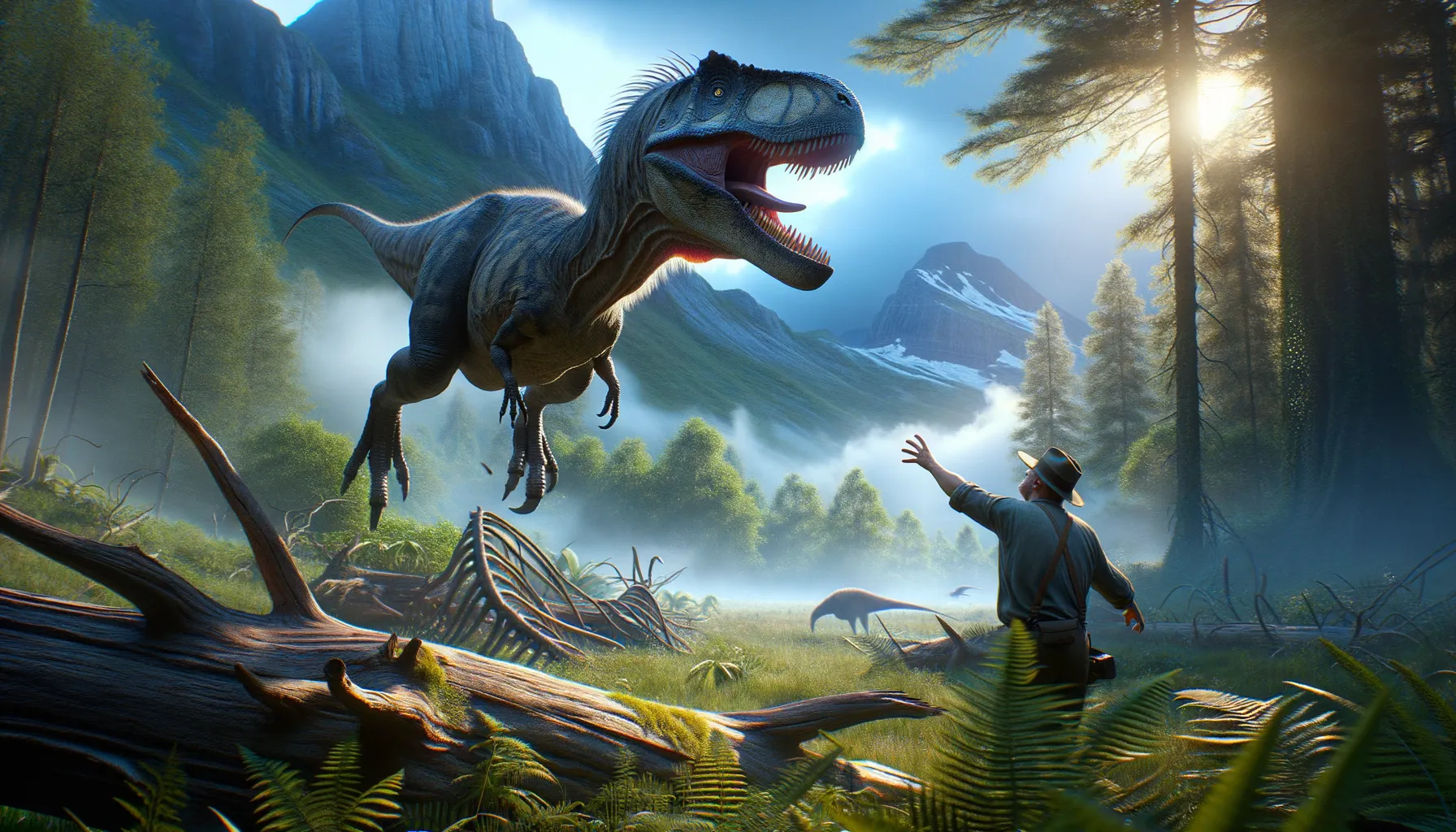
Pectinodon
Small but swift with a biting edge!
Period
Cretaceous
Length
Reached lengths of approximately 2 meters.
Height
Stood about 0.5 to 1 meter tall at the hip.
Weight
Estimated to weigh about 25 kilograms.
Pectinodon is a relatively small, agile dinosaur that lived during the Late Cretaceous period. Known primarily from teeth fossils, it was a member of the bird-like theropod category and closely related to the infamous Velociraptor. These dinosaurs were carnivorous, relying on their agility to catch prey. Though not much is known about its full skeletal structure, the teeth's sharpness suggests it had a predatory lifestyle.
Diet
Pectinodon was carnivorous, feeding on small animals and possibly scavenging. Its sharp teeth were well-suited for piercing and tearing flesh.
Hunting
Pectinodon likely relied on its speed and agility to hunt. It may have used its sharp teeth to swiftly attack prey, employing stealth and surprise as advantages.
Environmental challenges
Living in the Late Cretaceous, Pectinodon faced a rapidly changing environment with dramatic shifts in plant life and climate. Predation, both hunting and evading larger predators, would have been crucial for survival. Additionally, the Late Cretaceous extinction event posed significant challenges to its existence.
Speed
Pectinodon was likely quite fast, thanks to its bipedal nature.
Lifespan
Estimated to be around 15 to 20 years.
First discovery
First discovered by fossil hunters in the late 20th century.
Fun Facts
- Pectinodon was a small dinosaur from the Late Cretaceous period, roughly 70 to 66 million years ago.
- Its name means 'comb-tooth,' referring to the shape of its teeth, which were likely adapted for eating meat.
- Fossils of Pectinodon have primarily been found in North America, especially in places like Montana and South Dakota.
- Despite being small, Pectinodon was a theropod, a group that includes larger predators like Tyrannosaurus rex.
- Pectinodon is often associated with the Dromaeosaur family, the group that includes the famous Velociraptor.
- Scientists believe Pectinodon might have been a swift and agile predator, hunting small animals.
- It is thought that Pectinodon, like many small dinosaurs, may have had some type of feathers.
Growth and Development
Pectinodon would have hatched from eggs and undergone rapid growth to reach maturity, similar to other theropods. Its development involved honing hunting skills necessary for survival. Juveniles may have needed to fend for themselves relatively early, learning to adapt quickly to their environment.
Habitat
Pectinodon dwelled in what is now North America, thriving in forested regions. Its habitat would have included rivers and swamps, rich in biodiversity. This environment offered ample opportunities for hunting small mammals and reptiles.
Interaction with other species
Pectinodon likely coexisted with a variety of other dinosaur species, necessitating competition for food and territory. It may have had to defend itself from larger predators or rely on its speed to escape. This interaction would have influenced its social behaviour and survival strategies.
Natural lifespan
Pectinodon may have lived around 15 to 20 years naturally.
Reproduction
Pectinodon likely reproduced by laying eggs, similar to other theropod dinosaurs. It would have engaged in courtship behaviours, though the specifics remain unknown. Nesting areas might have been chosen for protection against predators.
Social behaviour
Pectinodon may have been a solitary hunter or lived in small groups during certain times, like breeding season. Its social dynamics remain largely speculative due to limited fossil evidence. However, like many theropods, competition for food and mates would have influenced interactions.
Fossil locations
Pectinodon's fossils have mostly been found in North America, particularly in the Hell Creek Formation, Montana. The main discoveries include teeth, offering insights into its diet. These locations are key to understanding the Late Cretaceous ecosystems.
